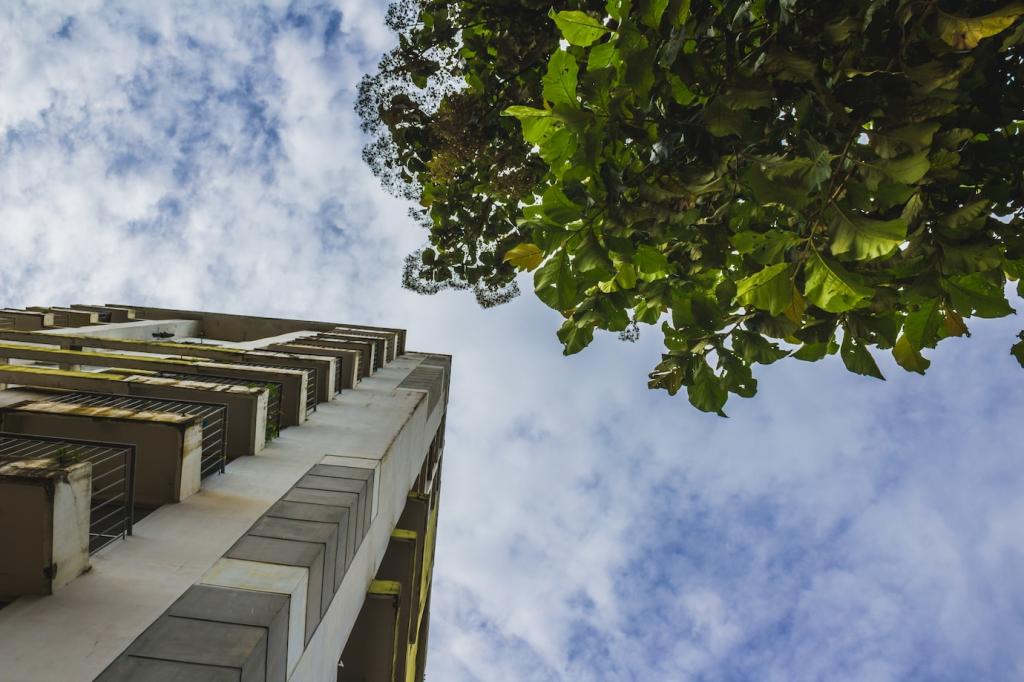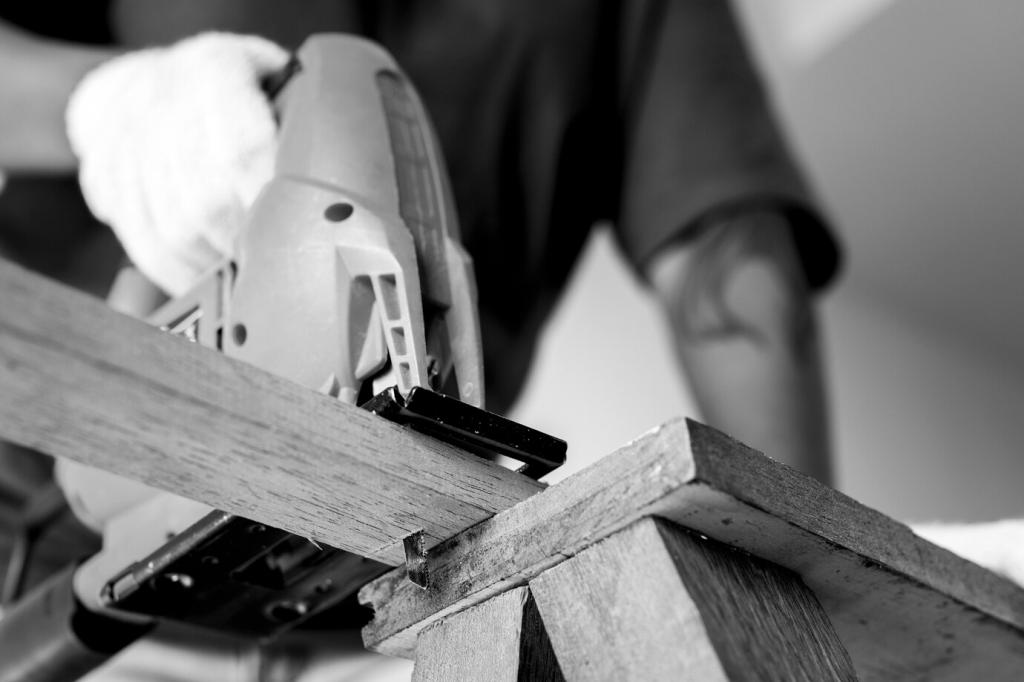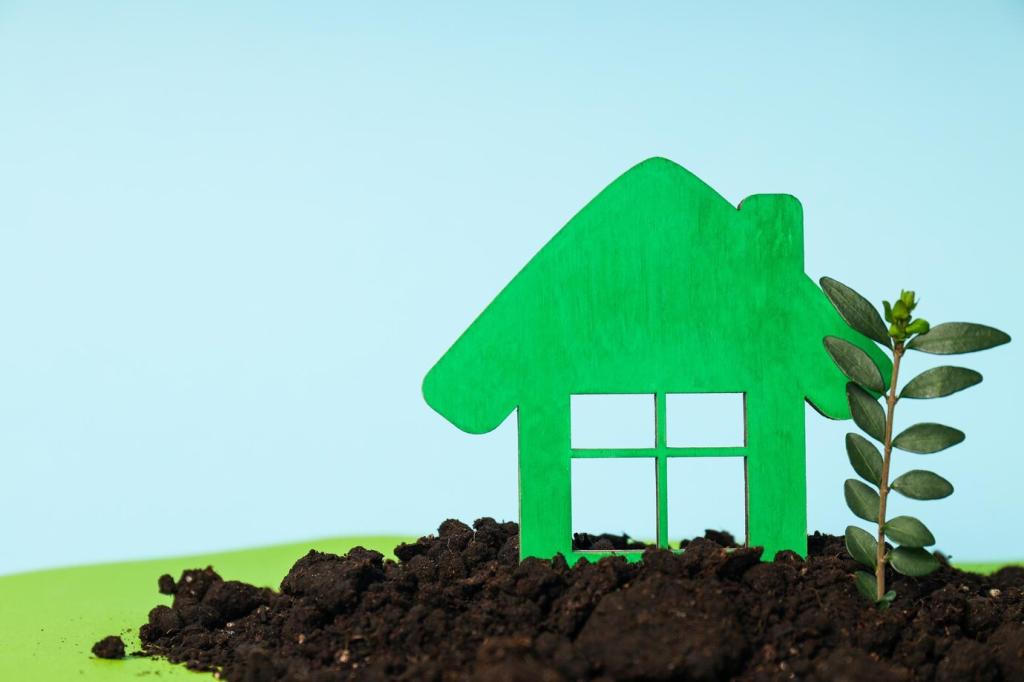
Sustainable Materials for Eco-Friendly Renovations
Embracing sustainable materials for renovations is not just an environmental choice—it’s a commitment to building a greener, cleaner, and healthier future. As eco-consciousness becomes central to modern living, choosing the right materials plays a vital role in reducing environmental impact, enhancing indoor quality, and conserving resources. This guide explores how sustainable materials transform renovations, introducing you to innovative products and thoughtful practices for an environmentally friendly home.
Previous slide
Next slide
Renewable Flooring Solutions

Bamboo is heralded for its rapid regrowth and minimal need for fertilizers or pesticides. Unlike traditional hardwoods that may take decades to mature, bamboo can be harvested in just a few years, offering a sturdy, stylish, and renewable flooring choice. Its unique grain patterns provide both modern and classic appeal, while its natural resistance to moisture and pests makes it ideal for a variety of rooms within the home.
Recycled and Upcycled Products
Recycled Glass Tiles
Glass tiles made from post-consumer waste breathe new life into kitchen backsplashes and bathrooms. They offer brilliant colors and unique textures, with manufacturing processes that require less energy than creating new glass. By choosing recycled glass, homeowners can infuse personality into their spaces while making a positive environmental impact—each installation represents a stand against unnecessary landfill waste.
Upcycled Metal Fixtures
Metal fixtures crafted from reclaimed steel, brass, or aluminum provide strength, industrial flair, and sustainability in one package. Upcycling processes use significantly less energy compared to new metal production, preserving resources and minimizing emissions. From cabinet pulls to statement lighting, upcycled metal elements create bold accents that are both environmentally and aesthetically forward-thinking.
Composite Countertops from Recycled Materials
Countertops manufactured from recycled paper, glass, or plastic bottles offer exceptional durability and design variety. These composites mimic the appearance of traditional surfaces while reducing the need for virgin materials. Easy to maintain and designed to withstand the rigors of kitchen life, recycled-content countertops are a testament to eco-innovation, transforming waste into functional, beautiful surfaces.
Natural Lime Plaster
Lime plaster, made from naturally occurring limestone, offers a breathable and mold-resistant wall finish. Its traditional application methods are being rediscovered for modern ecological renovations, as lime absorbs carbon dioxide during curing and maintains superior indoor air quality. Natural pigments can be added for beautiful finishes, resulting in walls that are both environmentally benign and visually stunning.
VOC-Free Paints
Many conventional paints release volatile organic compounds, which can linger in the air and negatively affect respiratory health. VOC-free or low-VOC paints are formulated to deliver vibrant color without hazardous emissions. These choices ensure that any freshly painted area remains safe for children, pets, and sensitive individuals while supporting a commitment to cleaner, healthier living spaces.
Clay and Mineral Plasters
Clay and mineral-based plasters draw on age-old building techniques to offer eco-friendly wall coverings with unique tactile and visual qualities. They moderate humidity, reduce odors, and contain no synthetic chemicals. As they are often locally sourced and require minimal processing, these plasters bring warmth, sustainability, and authenticity to contemporary renovations.


FSC-Certified Lumber
The Forest Stewardship Council (FSC) certification guarantees that wood products are sourced from responsibly managed forests which meet rigorous environmental and social standards. Using FSC-certified lumber supports sustainable forestry practices, reduces illegal logging, and helps preserve biodiversity. Choosing these materials ensures your renovation enhances, rather than exploits, nature’s resources.
Engineered Wood Products
Engineered wood such as cross-laminated timber or oriented strand board maximizes resource efficiency by utilizing smaller wood pieces and incorporating fast-growing species. These products deliver strength and stability, ideal for flooring, walls, and structural elements, while reducing waste compared to traditional lumber. They allow for innovative design possibilities while minimizing the impact on old-growth forests.
Alternative Materials: Hemp and Strawboard
Emerging alternatives like hempcrete and strawboard offer incredible sustainability benefits. Hempcrete, a blend of hemp fibers and lime, is lightweight, insulating, and carbon-negative, while strawboard utilizes agricultural waste to create sturdy panels. Both materials are renewable, biodegradable, and non-toxic, opening up new frontiers in green construction and design.
Previous
Next
Water-Efficient Fixtures and Fittings
Modern low-flow faucets and showerheads combine impressive water savings with a satisfying user experience. Advanced aeration technology ensures strong pressure while significantly lowering consumption, making eco-conscious living effortless. By reducing water use during daily routines, these fixtures help you save money and protect precious freshwater resources.

Reclaimed wood, metal, and other salvaged materials lend distinct character to furniture while minimizing environmental impact. Each piece tells a story, blending history and craftsmanship with sustainability. Choosing reclaimed furnishings supports a circular economy, reduces landfill waste, and ensures that no new resources are extracted for your home’s comfort and beauty.

Fabrics made from organic cotton, hemp, or TENCEL offer gorgeous looks and cozy textures without the use of pesticides or harmful chemicals. Certification programs like Global Organic Textile Standard (GOTS) guarantee environmentally and socially responsible production. Incorporating eco-certified textiles in upholstery, curtains, and bedding enhances a home’s green credentials and personal wellbeing alike.

The chemicals used in finishes, stains, and adhesives can have long-lasting effects on indoor air quality. Opting for water-based finishes, natural oils, and low-emission adhesives ensures that both the production and application processes respect health and the environment. These choices create a truly holistic approach to sustainable renovation, integrating beauty, performance, and wellness.
